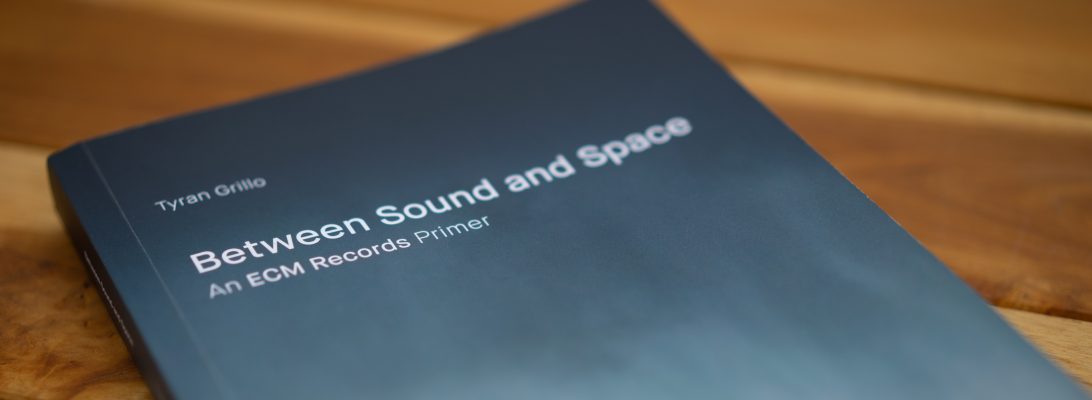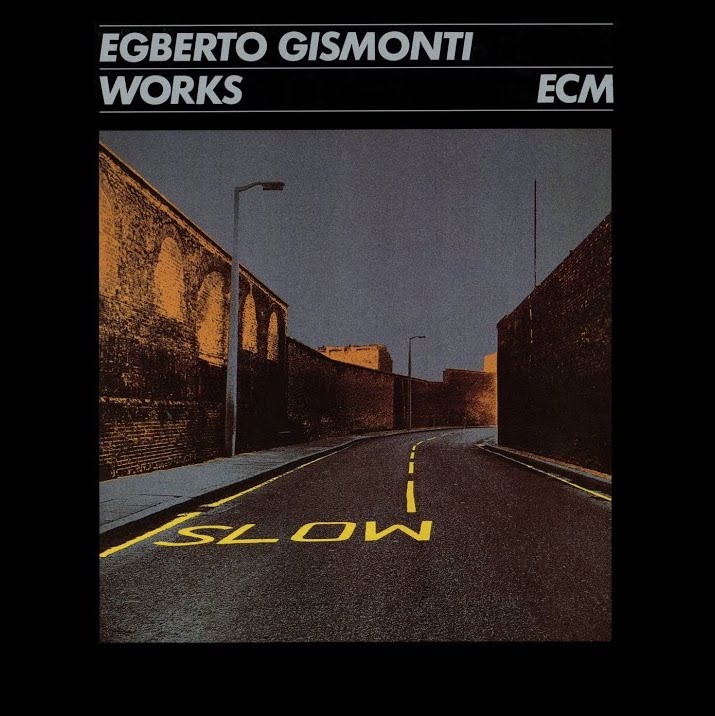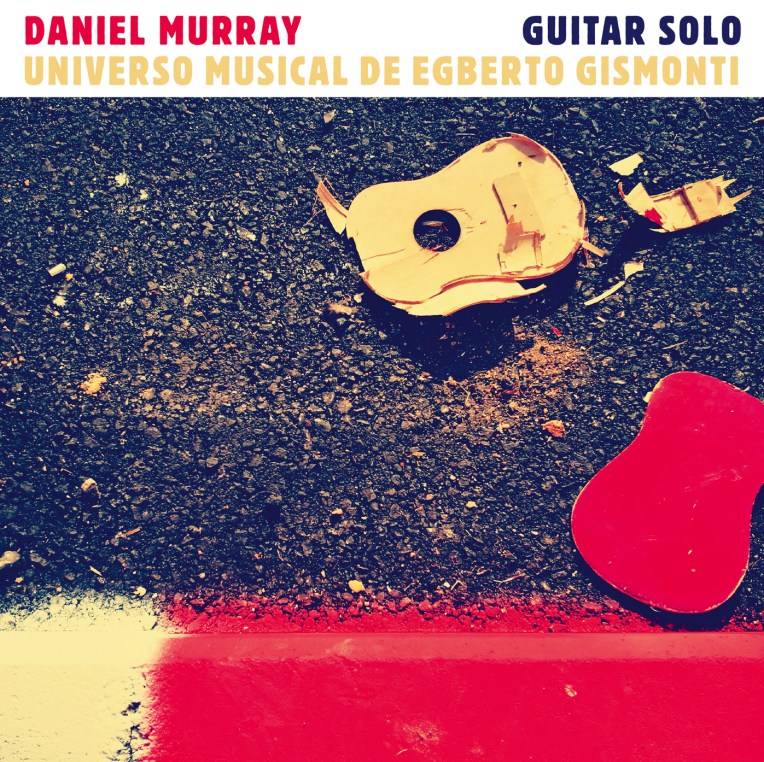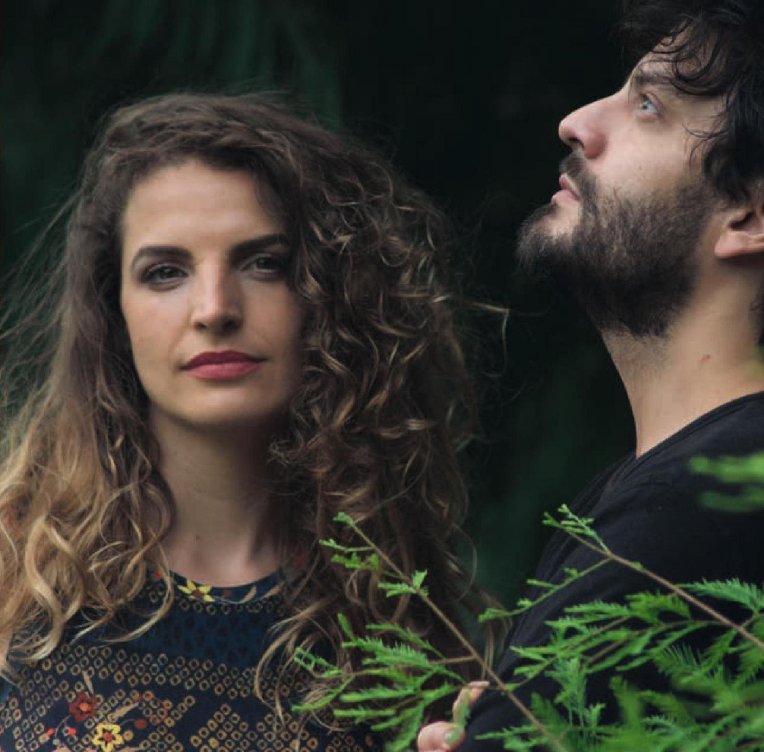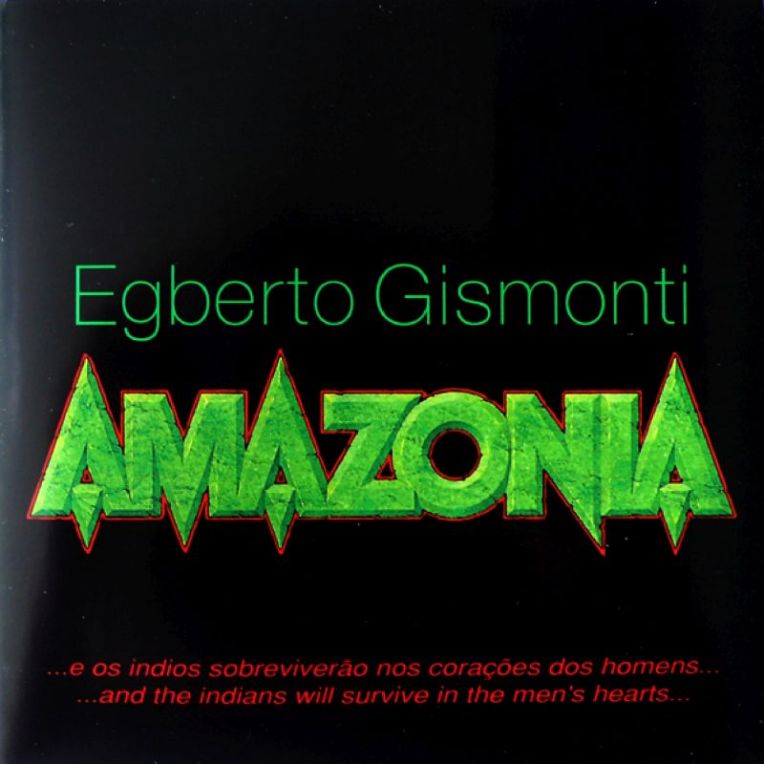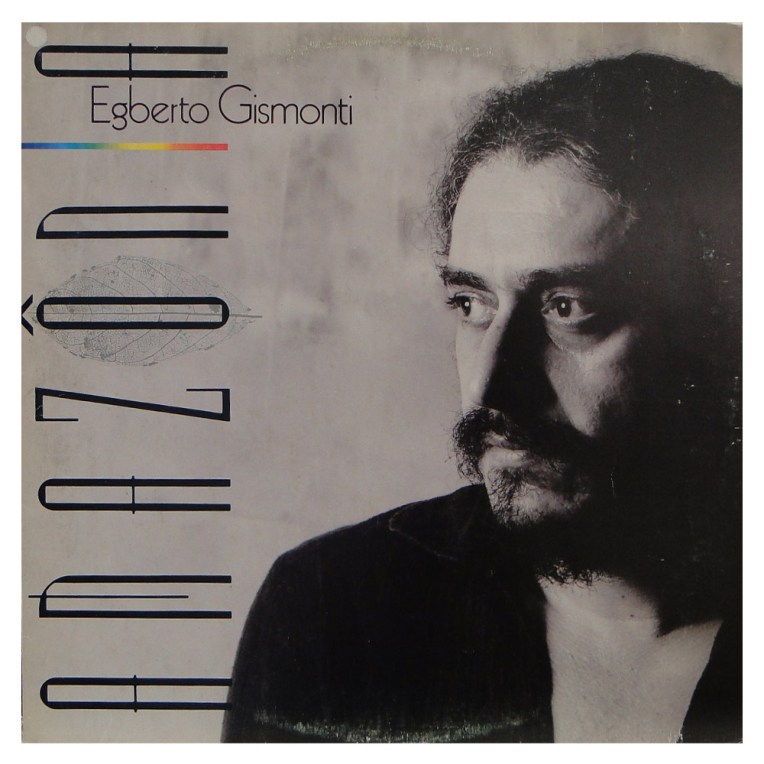
Egberto Gismonti
Selected Recordings
Release date: January 26, 2004
To my ears, the music of Egberto Gismonti is ultimately about one thing: memory. This single word may, of course, have as many shades of meaning as there are people to interpret it, and therein lies its power to invite listeners to reflect upon their own experience through the stories Gismonti tells. Whether running across the piano or examining the internal lives of his custom-built guitars, he can always be counted on to put a pin in our collective past as if it were something to revisit when proper arrangements have been made.
And proper arrangements he certainly provides on 1991’s Infância, on which every plucked string of “Ensaio De Escola De Samba (Dança Dos Escravos)” and “Dança No. 1” distills spirit into song. With an unerring sense of concentric motion, he allows quiet thoughts to yield dramatic expositions like the oil between tectonic plates. At the piano, he emotes with bassist Zeca Assumpção, saxophonist Mauro Senise, and drummer Nene on “10 Anos” (Sanfona, 1981), and on “Cavaquinho” packs down one of his most picturesque walking trails to date. Its arpeggios are webs in which the poetry of our lives is caught, seemingly distant yet actually within arm’s reach.
Though each of the pieces selected for this compilation tends to defy lumping together, I can’t help but feel that Gismonti endeavors to pull out songs that might otherwise remain forgotten in the recesses of history. Such is the case in “Kalimba (Lua Cheia)” (Sol Do Meio Dia, 1978), of which the titular instrument serves as foundation, as well as in the oddity of “Bianca” (Duas Vozes, 1984), wherein he is accompanied by the clapping of percussionist Nana Vasconcelos. And when he is alone at the guitar, as on the elliptical “Lundu (Azul)” (Dança dos Escravos, 1989) and the jangling seesaw between introversion and extroversion that is “Selva Amazônica – Pau Rolou” (Solo, 1979), he unwraps implications as the full gifts they were meant to be. Even in “Frevo,” as arranged for orchestra and piano on 1997’s Meeting Point, he makes us feel that we are the only ones being spoken to. He is site-specific, yet knowable anywhere, anytime, without a single introduction needed to take it all in.

